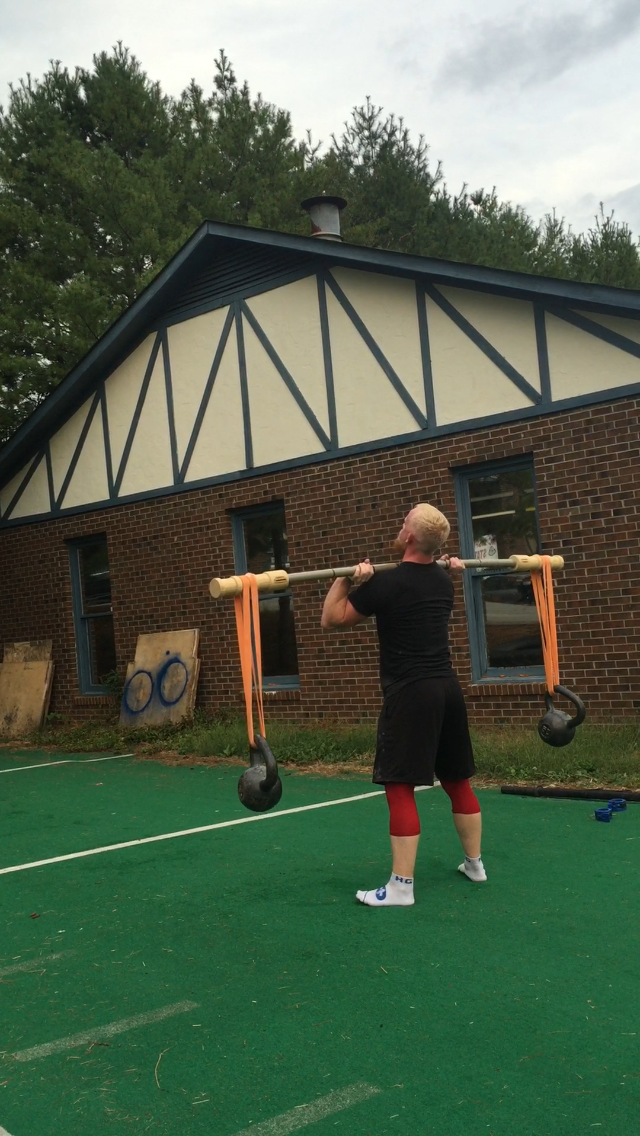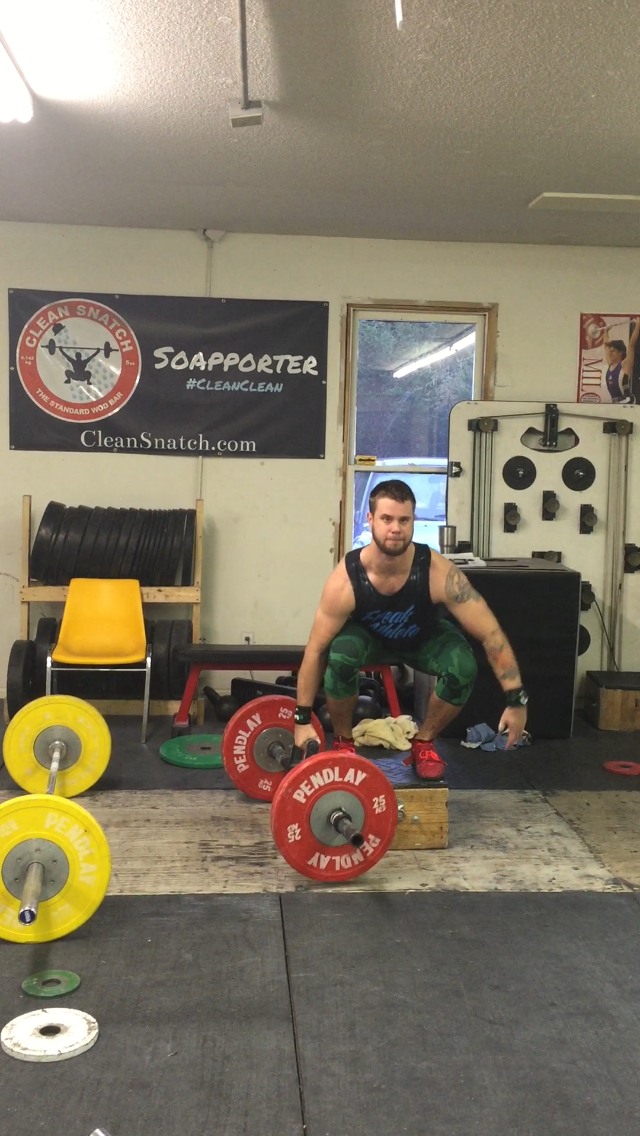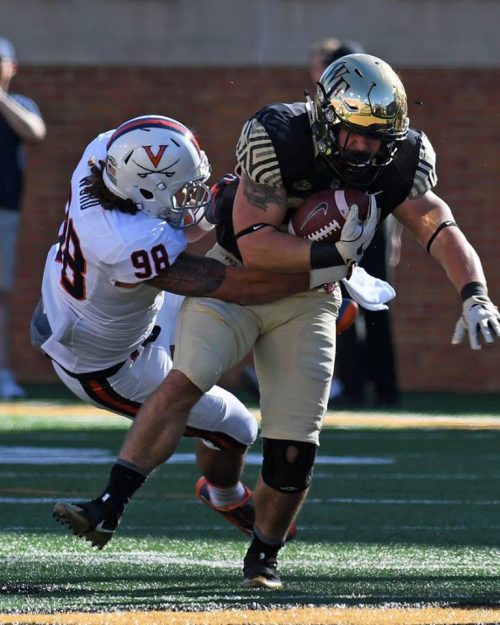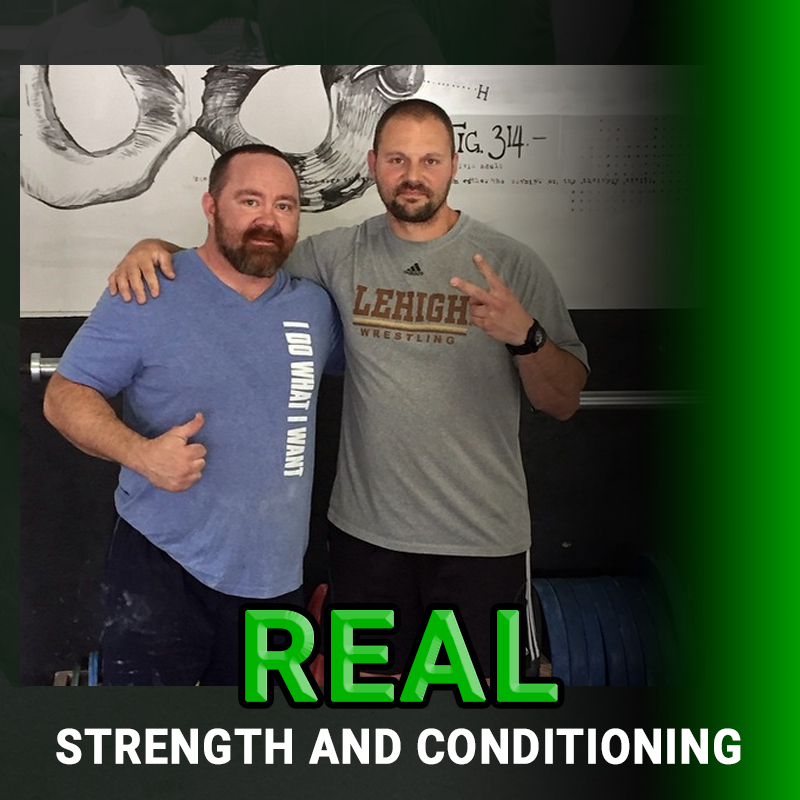Guys and Gals if you want to learn all that it takes to build champion athletes, Zach Even-Esh and I are getting together for two dual certifications this year. Check them out at ⇒ Mash and Even-Esh Unite
March 17th and 18th at the Mash Compound in Clemmons, NC
June 10th and 11th at Underground Strength and Conditioning in Manasquan, NJ
Key Accessory Movements for Athletic Performance
Training Athletes of all types is something that I have enjoyed for over twenty years. I have worked with professionals from the NFL, NBA, MMA, and multiple Rugby leagues. I have sent athletes to Division I in just about every sport there is soccer, swimming, football, softball, basketball, volleyball, wrestling, lacrosse, and baseball. Of course now I work with the finest weightlifters and powerlifters in the country.
Over the years my programming has evolved each and every year. I am constantly on the outlook for something better. I want to give my athletes any sort of edge that I can. Lately I have written several articles about athletic performance. If you have read them, you know that I like to prescribe basic movements that yield big results like:
• Variations of the Clean
• Variations of the Squat
• Variations of the Deadlift or Clean Pull
• Presses and Rows
Those movements are my core lifts that I am using to produce hypertrophy (muscle growth), strength, and power production. A typical couple of days might look something like this:

However if you stopped here, you would be missing a big chunk of the equation. Some people look at the accessory work as frivolous extra work that could possibly be skipped. That is a big mistake in my experience. We use accessory movements to do the following:
• Target Weaknesses and protect from sport
• Stabilize the ‘core’ properly
• Improve relative strength
Every athlete has individual weaknesses. Some weaknesses are genetic, and some are caused from our lifestyle and previous training modalities. Either way the goal has to be to encourage muscular balance. Is anyone out there actually balanced? I haven’t seen anyone, but some are closer than others. That’s the goal! I want my athletes as close as possible.

We use a 32-point test that lists the imbalance exactly, so we know where to target. The test also gives us exact percentages, so we can see the rate of improvement. We wrote an entire book about this process called “No Weaknesses” that comes with the test if you are interested.
No matter what test you use, the goal is to target those weaknesses during training. If the hamstrings are weak and the quads are tight, the solution is pretty simple: strengthen the hamstrings and stretch the quads. If external rotation is weaker than internal rotation, you should target external rotation. Targeting weaknesses will make the body overall stronger, more efficient with movement, and at less risk of injury.
An athletic performance coach should also consider the sport when it comes to accessory movements. I am not talking about being sport specific in nature. I think that’s a bad idea. Our jobs are to create better overall athletes. It’s the sport coaches that are responsible for taking that athletic ability and applying it to the specific sport.
However some sports have specific natures that make them more prone for injuries in certain areas than other sports like:
• Football and concussions
• Soccer and ACL injuries
• Baseball and shoulder/elbow
We should definitely take those realities and do our best to help the athletes avoid injury. Obviously there is no program on earth that will guarantee no injuries on the field, but the goal is simply to minimize. It’s not always the best athlete that ends up in Division I. It’s often the athlete that survives sport without any major injury.
We also help our athletes stabilize the ‘core’ properly. Anyone who knows me realizes that I hate the word ‘core’. I mainly hate it because the word is used so incorrectly. No it’s not just the abdominals. It is all the muscles used to stabilize the entire spine and pelvis. I follow Dr. Stuart McGill’s protocols in this area. Check him out if you want to really help your athletes.

The number one way that we stabilize the core is with multiple variations of the carry. My goodness if you take one thing away from this article, it’s that you should be doing carries. We perform the following:
• One arm farmers walk
• Bilateral farmers walk
• Axle Bar Overhead Carries
• Zercher Carries
• Kettlebell Bottom Up Carries
These are just a few. We perform over twenty variations of the carry. Every athlete that trains with me will perform these variations. It’s my way of protecting their spines and pelvis, and carries are great for performance. I want you to think about it for just a second. If an athlete is more stable, they will produce more power. It’s that simple. If they are weak anywhere throughout the kinetic chain, power will be lost.
If you push the gas down on a car, it immediately accelerates forwards because the body of the car is strong. If the body of a car were made with weak material, it would crumble during acceleration. The human body is not different.
My weightlifters use carries to produce more power during the pull, and to also withstand the force of the catch position of the snatch, clean, and jerk. Weightlifters are constantly producing and absorbing force. It’s wise that they prepare for both with variations of the carry.
We use accessory movements to strengthen relative strength as well. Absolute strength in the squat is awesome, but if an athlete can’t move their own bodies, they are still going to be subpar athletes. We focus on:
• Variations of the Pull-up
• Variations of the pushup
• Variations of the Horizontal Row
• Dips
• Lunges
• Pistol Squats
• Handstand Walks
• Handstand Presses
Obviously the exercise needs to match the athlete. I can tell you one thing. If an athlete has optimal absolute strength like back squat 2.25 to 2.5 times body weight, cleans 1.5 times body weight, and can pull 2.5 times body weight, then it will be relative strength that indicates speed. It’s always the kids that can rep out pull-ups that’s going to be fast. That athlete can handle their own body weight, and that’s all that is being done with sprinting.
I hope this article helps all of you focus your training and accessory movements a little better. I hope that none of you ever take for granted one aspect of your programming. Your athletes are counting on you to help them reach their dreams. We owe it to them to do our best at all times.
March 17th and 18th Zach Even-Esh and I are putting on a dual certification. You can come learn from two strength coaches that have both sent multiple athletes to Division I. We do it each and every year, so I hope that all of you can come learn how to do the same. Find out more below:
===============================================================
Guys and Gals if you want to learn all that it takes to build champion athletes, Zach Even-Esh and I are getting together for two dual certifications this year. Check them out at ⇒ Mash and Even-Esh Unite
March 17th and 18th at the Mash Compound in Clemmons, NC
June 10th and 11th at Underground Strength and Conditioning in Manasquan, NJ
Here’s what to expect:
• 1) Athlete Warm Ups & Assessments / Large Group Training
• 2) Bodyweight & Jump Training for Athletes (Sport + Strength Athletes)
• 3) Quick Lifts & Assistance Work for Sport & Strength Athletes (Barbell / Dumbbells)
• 4) Program Design for Athletes from Youth to D1 to Olympic Hopefuls
• 5. Snatch basics and teaching progressions
• 6. Clean basics and teaching progressions
• 7. Squat Programming and Tricks
• 8. Deadlift Programming and Tricks
• 9. Controlling and demanding the respect of groups
• 10. The business of Private Coaching
Extras-
• This will certify you as an official Underground Strength Coach
• This will certify you for the Mash Mafia Learn 2 Lift Cert
Find out more at:

